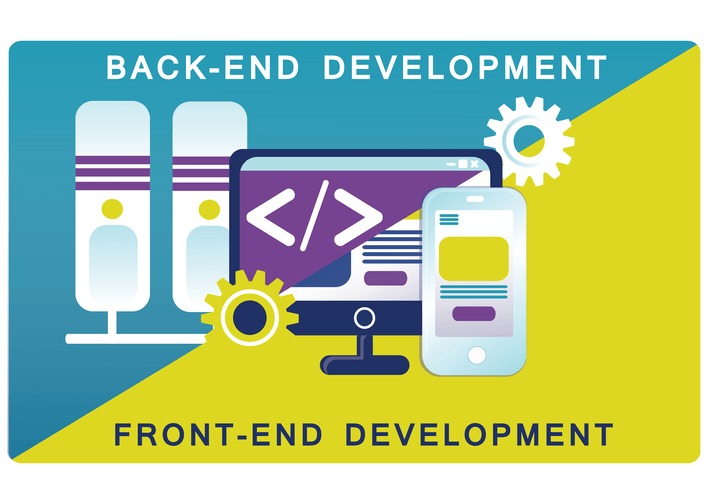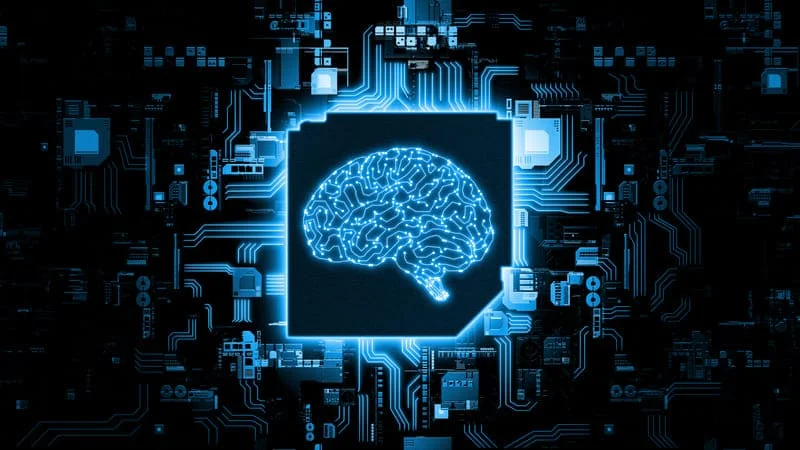Newsroom With ISACA, you’ll be up to date on the latest digital trust news. How to optimize test cases for Continuous Integration In order to successfully implement the practice of continuous integration, automated tests must be c…

The ability to aggregate, normalize and analyze data from throughout the network using automated processes ensures that important events and trends are not missed because of a lack of visibility into systems. Continuous monitoring systems can examine 100% of transactions and data processed in different applications and databases. The continuous monitoring systems can test for inconsistencies, duplication, errors, policy violations, missing approvals, incomplete data, dollar or volume limit errors, or other possible breakdowns in internal controls.
Adhere to mandated compliance requirements
One method to maintain efficiency in managing security controls is applying technology to allow continual (or at least high-frequency) monitoring of control functionality, also known as Continuous Controls Monitoring . The ultimate objective of a continuous control monitoring framework is to determine if the security and privacy controls implemented by an organization continue to be effective over time. CCM also replaces manual control management with automated detection solutions that can monitor a complete system in a single dashboard.
- Real-time continuous monitoring of Home Security to protect against outside threats.
- Atatus provides a set of performance measurement tools to monitor and improve the performance of your frontend, backends, logs and infrastructure applications in real-time.
- “It’s about making sure that you have clear escalation pathways, that there’s coordination and resources available to take timely and appropriate action,” Fong said.
- You will want to track metrics like transaction and errors per second, system uptime, and availability for application monitoring.
- However, before selecting tools, organizations, and DevOps teams must conduct adequate risk assessment and formulate a risk management plan.
- It should be seen as an integral part of every DevOps pipeline, crucial to achieving efficiency, scalability, and better-quality product.
Learn about what counts as bribery and corruption as well as how to maintain an anti-corruption policy. Discover the areas you should be looking at when performing quantitative risk analysis as well as seven assessment methodologies you can use. Ultimately, your customers will have a better experience with your brand because you’ll have more control over the end-to-end process of delivering your product or service to them. You minimize the risk of human error and unintentional negligence when evaluating your vendors’ performance, which hopefully takes some of the pressure off your team.
Getting started with continuous monitoring
This is because you will be able to identify the problematic components so you can take action before it causes any impact on your app’s performance. It allows you to fix problems quickly and avoid downtime in an application. One major difference betweencontinuous monitoring and auditsis that audits are done periodically. Knowing the importance of continuous monitoring can help you get serious about it. This means that in between periodic checks, major security incidents may have happened without our knowledge.

Over the last decade, hundreds of health facilities have adopted continuous monitoring, yet many more could benefit greatly from this technology. It delivers environment-wide visibility into security incidents, compliance risks, and performance issues when integrated across all aspects of your DevOps lifecycle. Monitoring tools provide early feedback, allowing development and operations teams to respond quickly to incidents, resulting in less system downtime.
Every organization benefits from M&E
Keep in mind that continuous monitoring can also help you adhere to data security and privacy laws you may need to follow like the GDPR. Among other practices, these laws require that you promptly notify consumers and authorities about any data breaches. Continuous monitoring alerts you to breaches so you can better adhere to these laws. With more devices used than ever, more business being conducted online, and more use of outsourcing, vast amounts of data are being transferred digitally. To protect your digital environment from a cyber attack, complete visibility of your digital architecture is vital.
Continuous Monitoring will alert the development and quality assurance teams if particular issues arise in the production environment after the software has been published. It gives feedback on what’s going wrong, allowing the appropriate individuals to get to work on fixing the problem as quickly as cloud continuous monitoring feasible. To ensure that the CM system is not going on overdrive, release software that has been thoroughly tested on real browsers and devices. Emulators and simulators simply do not offer the real user conditions that software must run within, making the results of any tests run on them inaccurate.
Why is continuous security monitoring important?
Privacy is important to us, so you have the option of disabling certain types of storage that may not be necessary for the basic functioning of the website. Different events and metrics https://www.globalcloudteam.com/ from the same application stack touchpoints should be correlatable. The collected data must be hosted in specific geographic regions when industry regulations require it.

Once the software is released into production, Continuous Monitoring will notify dev and QA teams in the event of specific issues arising in the prod environment. It provides feedback on what is going wrong, which allows the relevant people to work on necessary fixes as soon as possible. Continuous monitoring is one of the most important tools available for enterprise IT organizations. To be effective, those involved in the organizational governance process must take an enterprise wide view of where the organization has been, where it is and where it could and should be going. This enterprise wide view also must include consideration of the global, national and local economies, the strengths and weaknesses of the organization’s culture, and how the organization approaches managing risk.
Get Started with Accurate for Your Continuous Monitoring Needs
The focus should be on achieving smaller results in areas that are both high risk and high value. By undertaking an assessment, prioritizing and narrowing the scope, it’s easier to focus on designing a workflow template that can be replicated as you add new deployments. The simplest approach to CCM implementation is to buy an off-the-shelf solution that will do everything a CCM should do. In reality, though, every organization’s systems are unique and there will always be differences in configuration. Pre-packaged solutions may run their standard outputs, but results can be unspecific and lacking in relevance. Look for a customizable, scalable solution that can be tailor-fit to your needs.

The Centraleyes Risk and Compliance Management platform provides automated solutions for monitoring and updating security controls, undertaking risk assessments and prioritizing with ease. Most importantly, the Centraleyes platform is fully customizable and will scale up or down with you as you grow. Robust risk management is nearly impossible without a continuous control monitoring system that uses automated tools. Using automation, organizations can identify when the system is not up to par to meet security and privacy standards. Continuous monitoring identifies hidden system components, misconfigurations, vulnerabilities, and unauthorized actions.
PSA Marketing Team
The results from continuous monitoring, on the other hand, provide a clear picture of your app’s current state. It is more accurate compared to audits because it allows you to monitor frequently, which keeps track of any changes in an application or infrastructure. A common roadblock to continuous control monitoring is obtaining data access. IT departments that protect data like crown jewels are understandably reluctant to release datasets to be monitored regularly.
